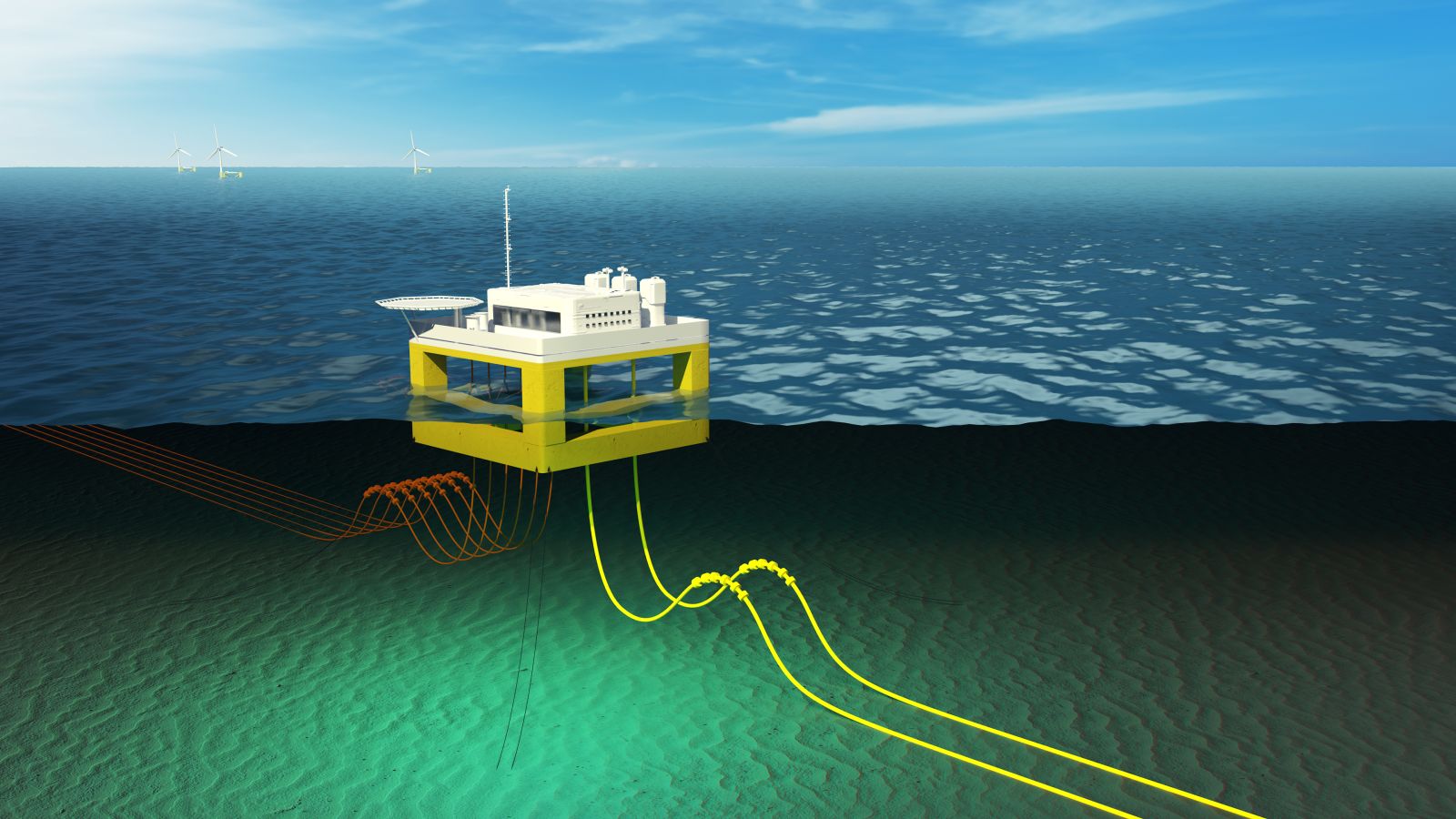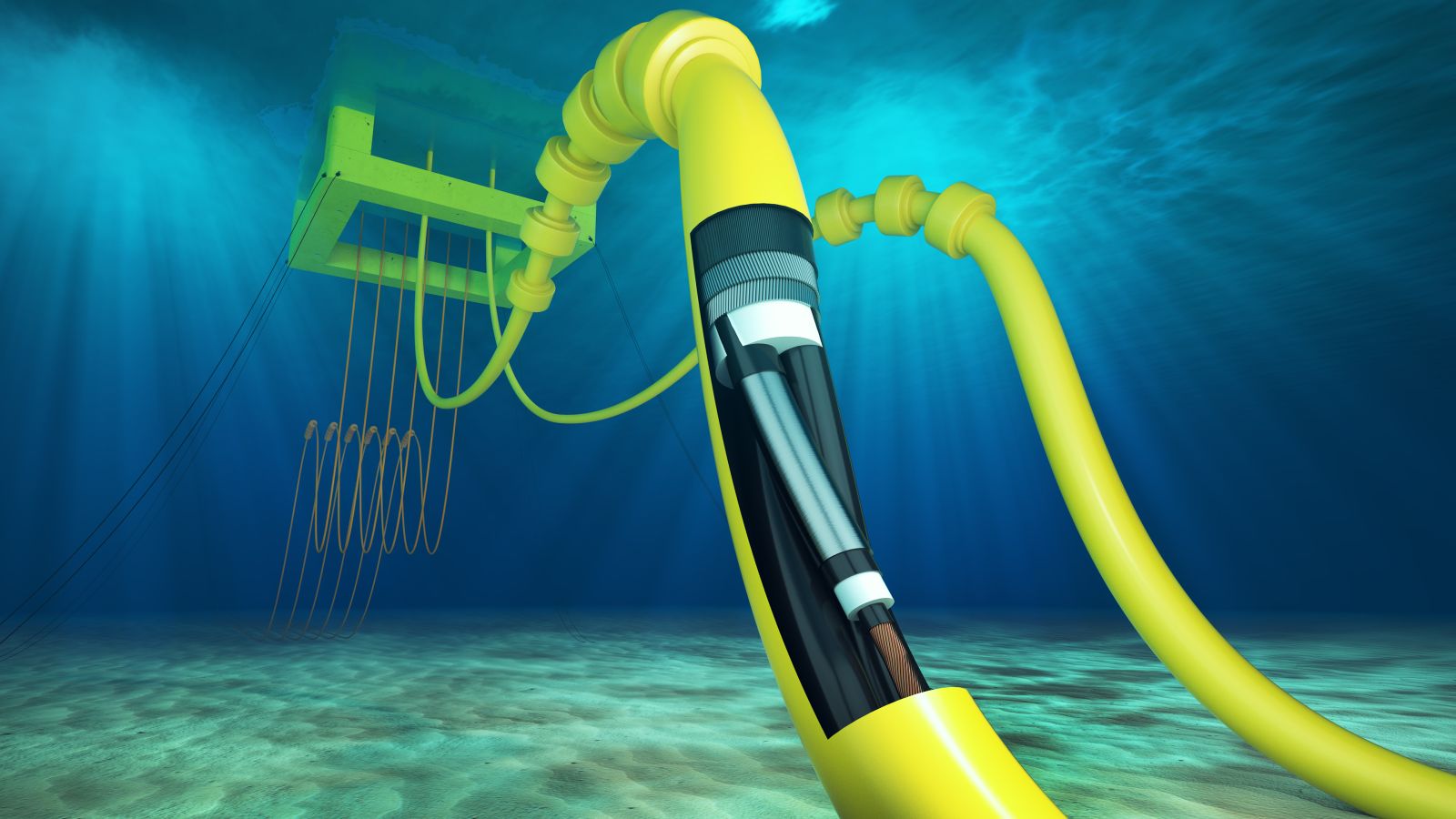Cabling Floating Wind
The offshore wind sector in the US is gathering steam, and we are seeing major developments in the execution of large commercial scale windfarm projects that are poised to come online in the near future. Both State and Federal governments are making bold commitments to significantly increase renewable goals by identifying and releasing large swathes of territory off the coasts for the construction of windfarms. It’s an exciting time to be involved in the industry.
As an industry, to deliver the current projects at play, we need to be looking further into the future and preparing for the next set of challenges. In order to increase the amount of offshore energy we harvest, we will have to plan to use areas for generation that have previously been considered impractical. Deep water locations, like the west coast of the US and some of the latest wind energy areas identified by the Bureau of Ocean Energy Management (BOEM), will require the use of floating systems.

Floating wind turbines and substations are the most visible items, but we must not underestimate the impact on the High Voltage AC and DC submarine cables that are necessary to connect those turbines to the substations (and those substations to the grid). The goal is to maximize the amount of power while minimizing the number of cables and the environmental impact of installing them, which drives the windfarms to use higher voltage systems. This is no different from the current projects that are being delivered. However, in the current projects, all the cable systems are firmly attached to the seabed. For a floating windfarm, the cables may have to stretch hundreds, or even thousands, of feet to reach the seabed. While the cables are suspended in the sea and transitioning to the seabed, they must handle the rise and fall of waves, and the twisting and oscillation caused by tides and storms. These actions — if not suitably managed by the design of the cable — can quickly cause failures. All submarine cables need to control the ingress of water; higher voltage cables must use a water blocking layer to achieve this.
Unfortunately, the traditional water blocking layer is very rigid and unable to handle the flexing and other movements of a dynamic cable without breaking and flooding the cable with water. The water blocking layer is an integral part of the overall cable design. It will be necessary to engineer, manufacture, and fully test new dynamic high voltage cables for these applications. These dynamic cables will be equipped with buoyancy devices to help control the shape and movement of cables, after which they can be used to transition from the seabed, where we can connect traditionally designed cables to the shore.

Floating windfarms and their cables are currently being tested around the world. The challenge is scaling these up from trial voltages to the high voltage AC and DC systems that large scale commercial wind farms will require. We must not underestimate the time it will take to bring new dynamic cable designs to fruition; once designed and built, the testing and approval can take over a year to complete. We will need to understand what changes will be needed to current manufacturing processes, and be able to balance that with the ongoing need to manufacture traditional cable systems. While the oil and gas industry has used lower voltage dynamic cables for some time, we can’t afford to wait to develop the higher voltage solutions. Robust technical cable solutions will be imperative for developers to demonstrate to permitting agencies and project financing entities that floating windfarms are viable, reliable, and sustainable.
In order to support the Federal and State offshore renewable targets, future windfarms will need to be further offshore and in deeper water. Dynamic cable systems will be crucial to connecting such windfarms, and helping us decarbonize our society. The lead time for offshore projects is such that manufacturers, installers, developers, financiers must come together to make sure that the systems needed to future proof the offshore wind industry are available when we most need them.
Pete Kohnstam is the Sales Director at Nexans High Voltage USA, which designs cables solutions and services along the entire value chain for offshore wind farms, subsea interconnections, land high voltage, utilities, buildings, emobility, and more.
Nexans | www.nexans.com
Author: Pete Kohnstam
Volume: 2023 March/April













.jpg?r=7934)